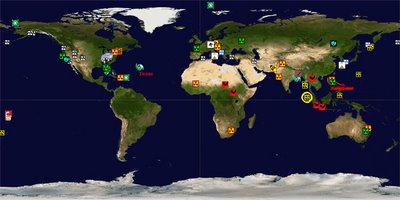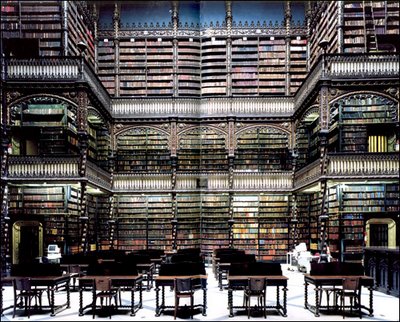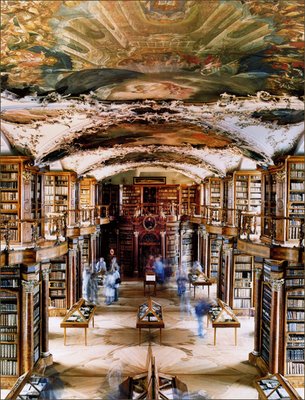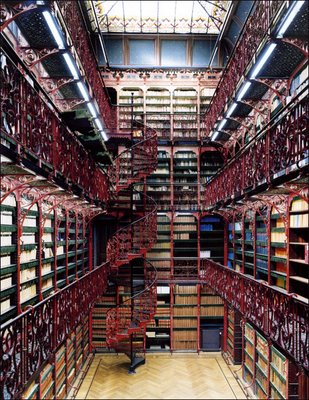Friday Photography | Chernobyl Tourism

These gates mark the entrance to Chernobyl county.
The worst accident in the history of nuclear power occurred at 1:23am on April 26th, 1986. The evacuation and resettlement of over 336,000 people throughout large areas of Ukraine, Belarus, and Russia followed the event. Ground zero, the now radioactive city of Prypiat (home of the Chernobyl Nuclear Power Plant), has sat "officially" vacant until recently.
In stark contrast to another type of power plant tourism we featured last May, you can now take guided tours of the Chernobyl disaster area. The tour itinerary makes for some interesting reading:
9:00 Depart Kyiv. Two-hour ride northwards to the border of the "exclusion zone". The area is 214 km in perimeter.
11:00 - 14:00 Pass the checkpoint "Dytyatky" and enter the "exclusion zone". Visit to the site of Chernobyl Nuclear Power Plant - an enterprise once employed more than 5000 staff. Observe object "Sarcophagus" - concrete and steel shelter covering radioactive masses and debris left after the explosion. Experience the peace and quiet of the ghost-town Prypyat - all 47.500 inhabitants had to abandon their homes the next day after the accident. Explore the deserted apartment blocks, schools, hotels, kinder gardens.
14:00 - 14:30 Lunch (the quality of food is guaranteed).
14:30 - 15:00 A briefing conducted by a specialist of the governmental agency "Chernobylinterinform". Get answers to your questions about the accident, current ecological situation and the future of the exclusion zone.
15:00 - 17:00 Visit to the site of contaminated vehicles. Thousands of tracks, helicopters, armoured personnel vehicles are so soaked with radiation that it is dangerous to approach. Meet the self-settlers, elderly people living in the exclusion zone.
17:00 Leave the exclusion zone.
19:00 Arrive Kyiv
Alexandr Vikulov recently took one such tour and has made some of his fascinating photographs available here.
A totally abandoned city. All the trees you see are new growth since 1986: a radioactive urban forest.
All new pipes run above ground as the soil is so contaminated.
This artwork began appearing some time after the disaster. It appears all over the city. Artistic remnants from the cities first post-radiation tourists.
See the whole set here.
Read more about guided tours of Chernobyl here.
Read more about the hauntingly beautiful Prypiat street art at Wooster Collective and at Wormwood Forest.
Related Posts:
The Evolution of Eco-Tourism?









